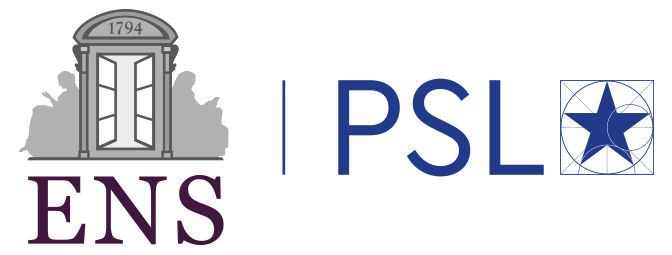Domaines
Nanophysics, nanophotonics, 2D materials and van der Waals heterostructures,, surface physicss, new electronic states of matter
Type de stage
Expérimental Description
Already around 15 years ago, it has been shown that liquid crystal topological defects can be used to confine and organize nanoparticles. In particular, oriented chains of nanospheres or of tip-to-tip nanorods have been formed in unidimensional smectic defects, dislocations and disclinations (Fig.1) [1]. The liquid crystal phase transitions occurring at low temperature, liquid crystals can provide temperature-activated assemblies of nanoparticles [2]. In this context, we propose to use oriented unidimensional smectic defects in order to build plasmonic nanoantennas based on strictly facing gold nanorods in close contact. We will study the evolution of the light absorption of the nanoantennas when temperature is increased in relation with the disappearing of the liquid crystal defects driven by the liquid crystal phase transition. This study will pave the way for an activation of the coupling strength between nanoparticles actively tuned by the temperature. This would be a first step towards future optical devices based on visual appearance controlled by varying temperature.
[1] S.P. Do et al. Nano Letters 20 (2020) 1598, [2] H. Jeridi, Appl. Phys. Lett. 123 (2023) 203101
Contact
Emmanuelle Lacaze
Laboratoire : Institut des NanoSciences de Paris - UMR 7588
Equipe : Chemical Physics and Dynamics of Surfaces
Site Web de l'équipe
Equipe : Chemical Physics and Dynamics of Surfaces
Site Web de l'équipe
